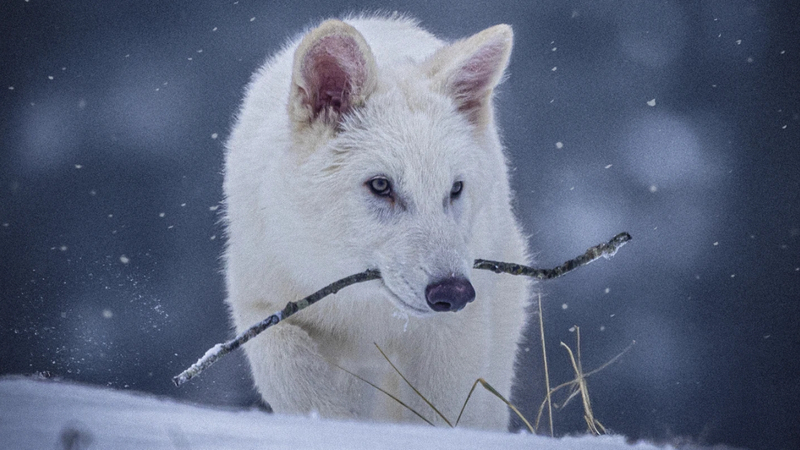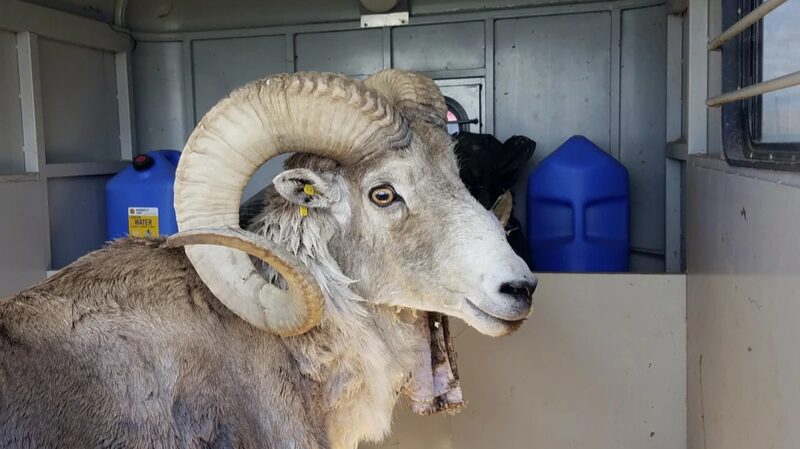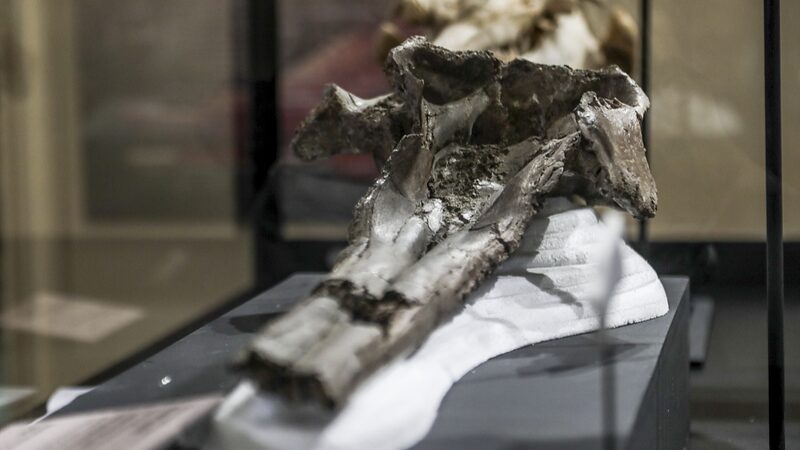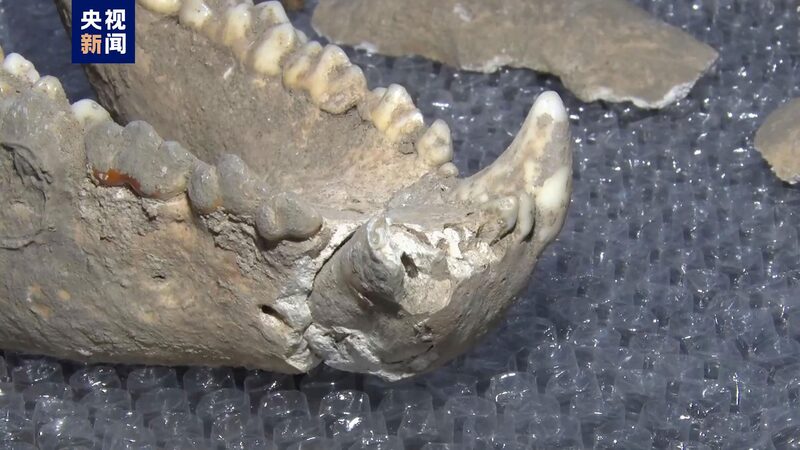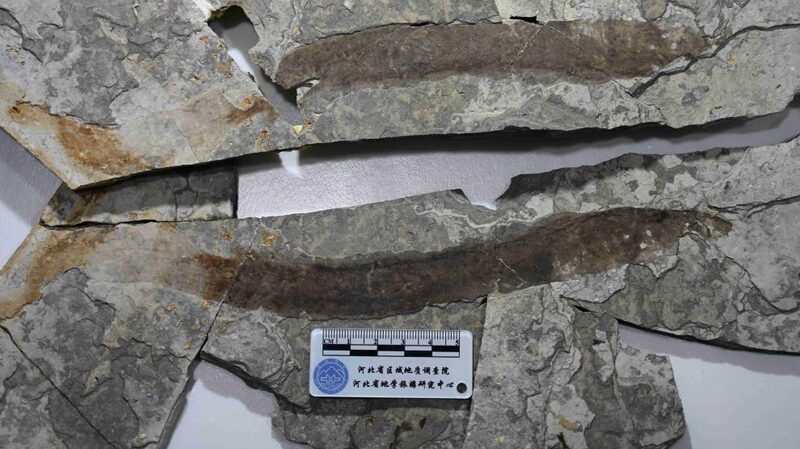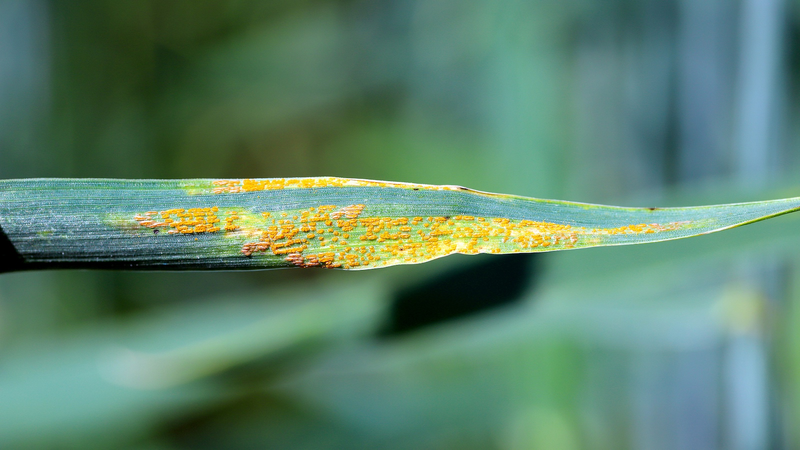In a bold fusion of genetics and conservation, U.S.-based Colossal Biosciences has unveiled three wolf pups engineered to mirror the physical traits of dire wolves—a species that vanished over 10,000 years ago. The pups, now 3–6 months old and kept at a secure facility, weigh 80 pounds and display muscular builds and thick white coats, traits gleaned from fossil DNA analysis.
A Glimpse into Prehistory
Using CRISPR gene-editing technology, scientists modified gray wolf blood cells at 20 genetic sites, then implanted embryos into domestic dog surrogates. The team studied DNA from a 72,000-year-old dire wolf skull fragment and a 13,000-year-old tooth to replicate features like jaw structure and size, aiming to create animals that could eventually reach 140 pounds.
Limitations and Ethical Questions
While the project sparks fascination, critics emphasize functional gaps. Biologist Vincent Lynch noted, "What they will probably never learn is the finishing move of how to kill a giant elk," highlighting the absence of wild socialization. Colossal also cloned four endangered red wolves this month to boost genetic diversity—a process scientists say could aid broader conservation efforts.
Balancing Innovation and Ecology
Though U.S. Interior Secretary Doug Burgum praised the work as a "thrilling new era," experts caution that revived species may struggle to adapt to modern ecosystems. As Colossal advances similar projects for woolly mammoths and dodos, debates intensify over humanity's role in reshaping nature's timeline.
Reference(s):
cgtn.com
